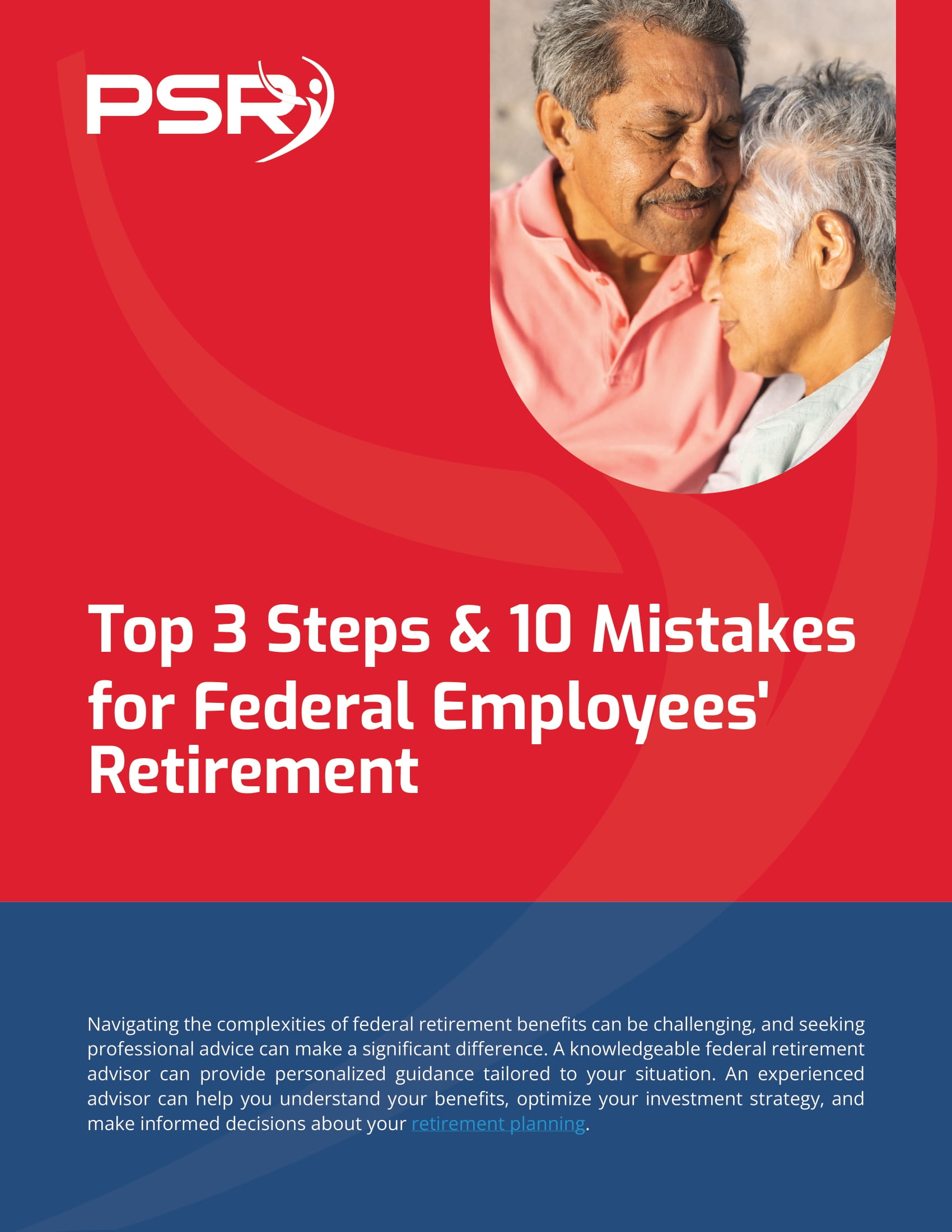Key Takeaways:
- Understanding how Medicare works with your federal benefits is crucial for making informed healthcare decisions in retirement.
- Coordinating Medicare with federal benefits like FEHB can reduce costs and enhance coverage, ensuring comprehensive healthcare protection.
How Medicare Fits with Your Federal Benefits—The Essentials Every Federal Employee Should Know
Navigating the maze of healthcare options as a federal employee can be challenging, especially when planning for retirement. Knowing how Medicare integrates with your existing federal benefits is vital to optimize your coverage and minimize costs. By understanding the essentials, federal workers and retirees can confidently make informed choices that align with their health needs and financial goals.
Understanding the Basics of Medicare and Federal Benefits
- Also Read: FAA, Law Enforcement, and Special Federal Employee Categories—Here’s What Makes Their Retirement Unique
- Also Read: Blending Private and Public Sector Retirement Plans Is Complicated—Here’s Where Couples Get It Wrong
- Also Read: The Silent Shift in Postal Service Retirement Benefits That Could Change Everything by 2026
Medicare Parts Explained
To coordinate Medicare with your federal benefits, it’s important to know the different parts of Medicare:
- Medicare Part A: Hospital insurance that covers inpatient care, hospice, and limited home healthcare. Most people don’t pay premiums for Part A if they have sufficient work history.
- Medicare Part B: Medical insurance that covers outpatient care, preventive services, and doctor visits. Part B requires a monthly premium and may incur additional costs depending on your income level.
- Medicare Part C (Medicare Advantage): An alternative to traditional Medicare, offering plans through private insurers that include Parts A, B, and sometimes prescription drug coverage.
- Medicare Part D: Prescription drug coverage that helps reduce the costs of medications. Enrollment is optional, but penalties can apply if you delay without having other creditable coverage.
Understanding these options is the first step in deciding how Medicare can complement your federal benefits.
Timing Is Everything: When to Enroll in Medicare
Knowing when to enroll in Medicare is key to avoiding penalties and ensuring smooth coordination with your FEHB coverage. Most federal employees are automatically eligible for Medicare Part A when they turn 65, but decisions around Part B enrollment can be more complex.
Should You Delay Medicare Part B?
Many federal employees choose to delay Medicare Part B until retirement if they still have FEHB coverage. This strategy helps avoid the additional cost of Part B premiums while ensuring full healthcare protection. However, once you retire, it’s important to enroll in Part B to maintain your benefits seamlessly. Failing to do so could result in higher premiums or coverage gaps later.
Federal retirees with FEHB can use Medicare Part B as secondary insurance, helping to reduce out-of-pocket costs for services like specialist visits and outpatient care. This coordination can maximize your healthcare coverage and minimize expenses, especially if you frequently seek medical care.
FEHB vs. Medicare: Do You Need Both?
One of the biggest questions federal retirees face is whether to keep their FEHB coverage after enrolling in Medicare. For most, keeping both Medicare and FEHB offers comprehensive protection that covers more services and reduces costs. Here’s how it works:
- Enhanced Coverage: When Medicare becomes primary and FEHB is secondary, out-of-pocket expenses like copayments and deductibles can be reduced significantly. FEHB may also cover services that Medicare does not, providing a broader healthcare safety net.
- Flexibility: Keeping both FEHB and Medicare offers more flexibility in choosing providers and receiving care without referrals, which can be a major advantage compared to relying solely on one program.
While maintaining both can be beneficial, federal retirees should review the costs involved. Generally, paying for both Medicare Part B premiums and FEHB premiums could be higher than Medicare alone, but the extra coverage may justify the expense for many.
The Cost of Medicare and FEHB
Enrolling in Medicare Part B comes with a monthly premium, which can vary depending on income. Additionally, FEHB premiums also continue in retirement, although they are often subsidized to some extent. In 2024, the average monthly premium for FEHB plans is projected to increase by 13.5%, making it essential for retirees to weigh the costs of maintaining both FEHB and Medicare.
For those looking to minimize expenses, exploring Medicare Advantage plans or alternative FEHB plans tailored for retirees may offer more affordable options, but it’s crucial to understand that these choices come with different benefits and restrictions.
Combining Medicare with FEHB: Making the Most of Your Coverage
Coordinating Medicare with your federal benefits isn’t just about reducing costs; it’s about maximizing the quality and extent of your healthcare. Here are a few tips for making the most out of both:
- Use FEHB as Supplementary Coverage: Once you enroll in Medicare, it typically becomes your primary insurance, with FEHB acting as a supplement. This setup can lead to lower out-of-pocket costs for services that Medicare covers partially or not at all, such as dental and vision care, which are often included in many FEHB plans.
- Prevent Penalties: If you delay Medicare Part B past retirement without credible coverage, you may face late enrollment penalties. Make sure to coordinate your retirement timeline and enroll in Medicare during the appropriate periods to avoid unnecessary costs.
- Evaluate Prescription Coverage: If you already have FEHB, you might not need a separate Medicare Part D plan, as FEHB plans often include prescription drug coverage. Be sure to review your FEHB benefits to determine if it provides creditable prescription drug coverage, which could save you money and simplify your coverage.
Tips for Smooth Transition from FEHB to Medicare
As you approach retirement, planning your transition from FEHB to Medicare is crucial to avoid coverage gaps and maximize your benefits. Here are some essential steps:
- Contact Your Agency’s Benefits Office: Before you turn 65, consult with your benefits office to understand your Medicare and FEHB options. They can provide personalized guidance based on your employment status and timeline.
- Review Your FEHB Plan Options Annually: With the transition to Medicare, your needs may change. During FEHB open season, review the plans available to ensure they complement your Medicare coverage and suit your healthcare needs.
- Keep Records and Documentation: Maintain documentation of your enrollment in Medicare and any correspondence with your benefits office. This helps ensure smooth transitions and protects you from penalties.
Planning Ahead: Long-Term Healthcare Costs and Coverage
Healthcare costs continue to rise, making it essential for federal employees and retirees to plan for long-term expenses. Combining Medicare and FEHB provides strong protection, but understanding additional options like long-term care insurance and Medicare Advantage is important for comprehensive financial planning.
Long-Term Care Considerations
Long-term care expenses, such as assisted living or nursing home care, are not fully covered by Medicare or FEHB. Federal employees should explore options like long-term care insurance policies or health savings accounts (HSAs) while still employed. Planning for these expenses now can help federal retirees avoid substantial out-of-pocket costs later.
Ensuring a Comprehensive Healthcare Strategy
Maximizing your federal benefits requires strategic planning and understanding how Medicare fits into your healthcare picture. For most federal retirees, combining Medicare with FEHB offers robust protection and flexibility, but each person’s needs and financial situation differ. Consult with a federal retirement benefits specialist to evaluate the most efficient way to structure your healthcare, ensuring you make the best decision for your health and finances.












